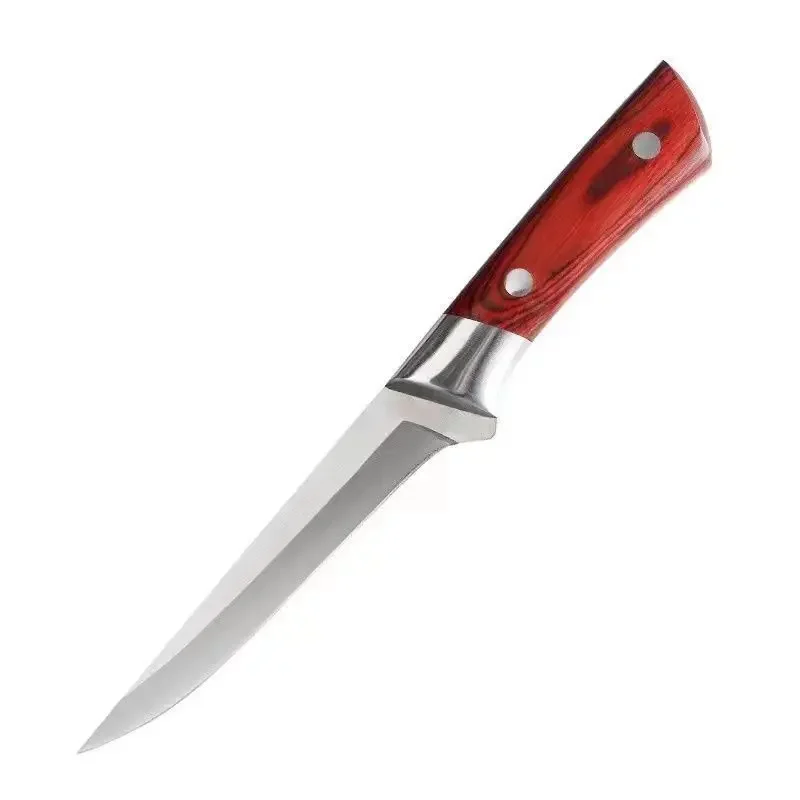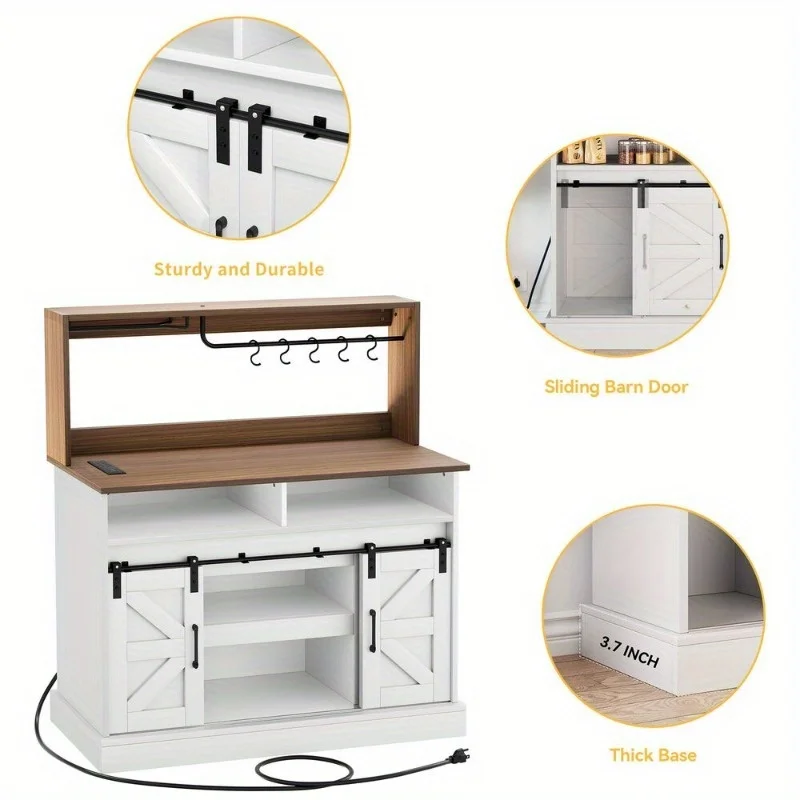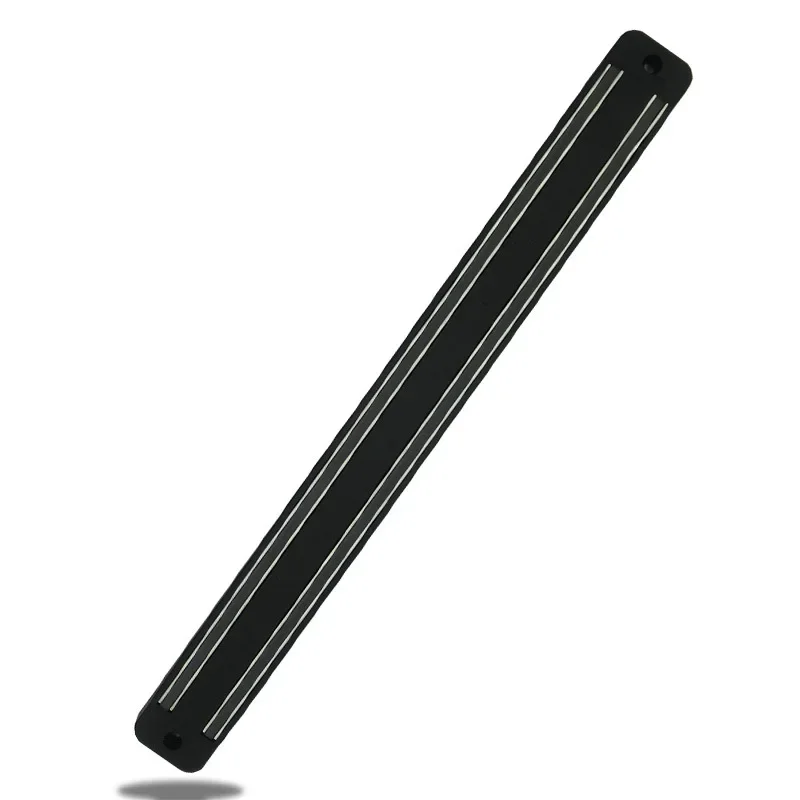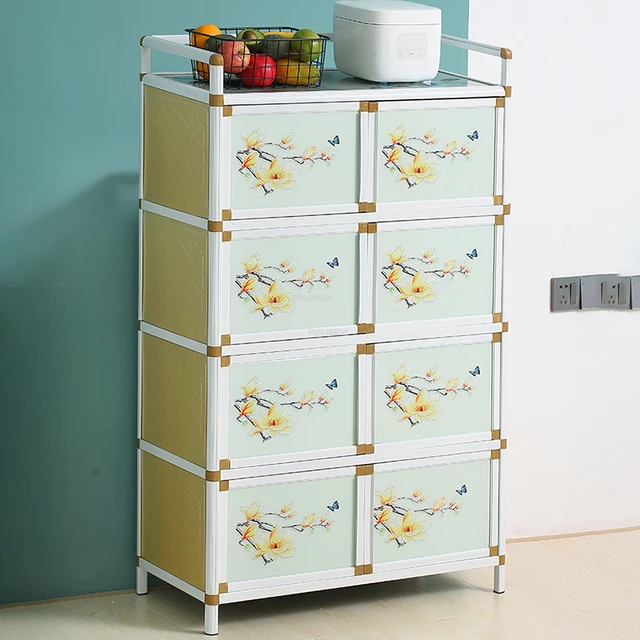 Introduction:
Introduction:
If you’re looking to update the look of your kitchen, painting the cabinets can provide a cost-effective and transformative solution. However, determining the cost of painting kitchen cabinets involves several factors that vary based on the size of the kitchen, the complexity of the project, and the hired professional. In this comprehensive guide, we will explore the key considerations and factors that influence the cost of getting your kitchen cabinets painted. By understanding these factors, you can make an informed decision and budget properly for your cabinet painting project.
 Introduction to Painting Kitchen Cabinets
Introduction to Painting Kitchen Cabinets
Painting kitchen cabinets can be a cost-effective way to refresh the appearance of your kitchen without the need for a complete renovation.
A. Benefits of Cabinet Painting: Painting offers a wide range of color options, allows for customization, and can extend the lifespan of your existing cabinets.
B. Aesthetic Transformation: Updating the color or finish of your cabinets can dramatically change the look and feel of your kitchen.
Factors that Influence the Cost
Several factors influence the overall cost of getting kitchen cabinets painted.
A. Kitchen Size: The size and number of cabinets in your kitchen directly affect the amount of time and materials required for the painting project.
B. Cabinet Material: Different cabinet materials, such as solid wood or MDF, may require additional preparation or special primers, impacting the cost.
C. Current Condition and Prep Work: The condition of the cabinets, including dents, scratches, or previous paint layers, can affect the degree of preparation and the cost of labor.
D. Complexity of Design: Intricate cabinet designs, such as intricate trim or multiple doors and drawers, may require more time and effort for painting, thereby increasing the cost.
Some common types of kitchen cabinets:
There are various types of kitchen cabinets available, each with its own design and functionality. Here are some common types of kitchen cabinets:
Base Cabinets:
These are the standard cabinets that are installed on the floor level. They serve as the foundation for countertops and provide storage space for pots, pans, and other kitchen essentials.
Wall Cabinets:
Wall cabinets are installed above the countertops and provide additional storage space for items that are less frequently used, such as seasonal kitchenware or decorative pieces.
Tall Cabinets:
Tall cabinets, also known as pantry or utility cabinets, are floor-to-ceiling cabinets that offer extensive vertical storage. They are designed to maximize storage space and are ideal for storing bulk food items, cleaning supplies, or small appliances.
Corner Cabinets:
Corner cabinets are designed to optimize storage in kitchen corners that would otherwise be challenging to access. They often feature rotating shelves, pull-out drawers, or specialized mechanisms to make use of the corner space effectively.
Open Shelves:
Open shelves are a popular trend in kitchen design, offering a modern and visually appealing storage option. They provide an open and accessible display space for commonly used dishes, glasses, or cookbooks.
As for the placement of kitchen cabinets, here are the common areas in the kitchen where cabinets can be installed:
Along the Walls: Cabinets are typically installed along the walls, above and below countertops, providing both storage and a functional workspace.
Above Appliances: Cabinets can be installed above kitchen appliances, such as the refrigerator, microwave, or oven, to maximize vertical space and provide convenient storage.
Kitchen Island: Cabinets can be incorporated into a kitchen island to add more storage and create a seamless look between the island and the rest of the kitchen.
Pantry Area: Tall cabinets or pantry cabinets are commonly placed in a dedicated pantry area to provide ample storage for dry goods, canned foods, or kitchen equipment.
The placement of kitchen cabinets depends on the layout and space available in the kitchen, as well as the specific storage needs and design preferences of the homeowner. Proper placement and arrangement of kitchen cabinets can enhance functionality, organization, and the overall aesthetic appeal of the kitchen.
Cost Breakdown
Understanding the individual components that contribute to the overall cost can help you establish a budget for your painting project.
A. Labor Costs: Labor costs typically account for the largest portion of the budget and depend on factors such as the kitchen size, complexity, and the hired professional’s experience.
B. Material Costs: Materials include paint, primer, brushes, rollers, and other supplies required for the project. The cost varies depending on the type and quality of the materials chosen.
C. Hardware and Finish Upgrades: If you plan to replace the cabinet hardware or upgrade the finish, such as adding a glaze or protective topcoat, additional costs should be factored in.
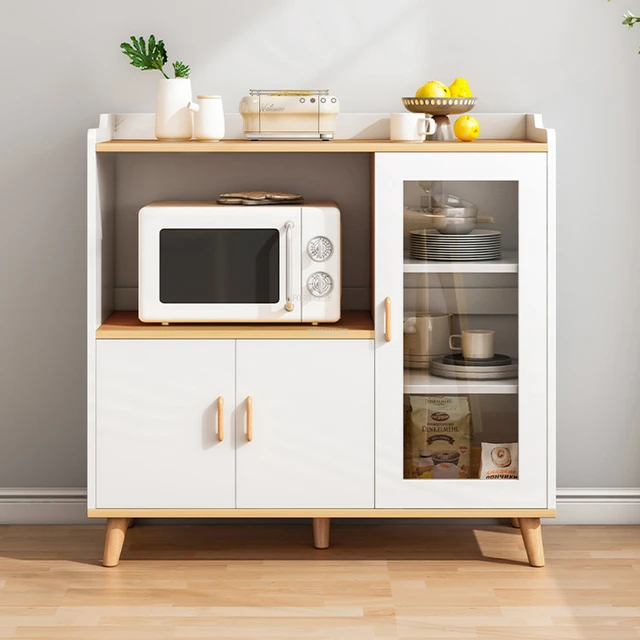 Average Cost Estimates
Average Cost Estimates
While the overall cost varies, obtaining average cost estimates can provide a general idea of what to expect.
A. Professional Cabinet Painters: Hiring professionals typically costs between $2,000 to $6,000 for an average-sized kitchen, depending on the factors mentioned earlier.
B. DIY Cabinet Painting: Doing the project yourself can significantly reduce costs to roughly $200 to $500, considering the materials and tools needed.
Hiring Professionals vs. DIY
Deciding whether to hire professionals or tackle the project yourself requires considering factors such as your budget, time constraints, and skill level.
A. Hiring Professionals: Professionals offer experience, expertise, and efficient execution but come at a higher cost.
B. DIY Painting: DIY painting can save money but requires time, effort, and proper preparation to achieve satisfactory results.
Obtaining Quotes and Budgeting
To obtain accurate cost estimates and establish a budget for your cabinet painting project, it’s advisable to obtain quotes from multiple professionals or calculate the costs for a DIY project.
A. Obtaining Quotes: Contact several professional painters and provide them with detailed information to receive quotes tailored to your specific project.
B. DIY Budgeting: Calculate the material costs, including paint, primer, tools, and supplies, and set aside adequate funds for the project.
 Some essential tips for maintaining and caring for kitchen cabinets:
Some essential tips for maintaining and caring for kitchen cabinets:
Proper maintenance and care of kitchen cabinets are important to ensure their longevity and keep them looking their best. Here are some essential tips for maintaining and caring for kitchen cabinets:
Regular Cleaning:
Regularly clean the exterior surfaces of your kitchen cabinets to remove dirt, grease, and spills. Use a mild detergent or a mixture of warm water and vinegar to gently clean the cabinets. Avoid using harsh chemicals, abrasive cleaners, or scouring pads, as they can damage the cabinet finish.
Wipe Spills Immediately:
Promptly wipe up any spills or moisture on the cabinet surfaces to prevent damage. Liquids such as water, oil, or food can seep into the cabinet material and cause staining or warping.
Avoid Excessive Moisture:
Avoid placing hot or wet items directly on the cabinet surfaces, as this can cause damage or discoloration. Use coasters, trivets, or placemats to protect the cabinets from excessive heat or moisture.
Protect from Sunlight:
Prolonged exposure to direct sunlight can cause fading or discoloration of cabinet finishes. Use window coverings or blinds to shield cabinets from intense sunlight, or consider applying UV-protective film on windows to minimize harmful rays.
Hardware Maintenance:
Clean and inspect cabinet hardware, such as hinges, handles, or knobs, regularly. Tighten any loose screws and replace any worn-out or damaged hardware. Lubricate hinges or moving parts if necessary to ensure smooth operation.
Avoid Harsh Cleaners or Abrasives:
Harsh chemicals, bleach, or abrasive cleaners can damage the cabinet finish. Stick to mild detergents and avoid using steel wool or harsh scrubbing pads that can scratch the cabinets. Test any cleaning product on a small, inconspicuous area before applying it to the entire cabinet surface.
Preventive Measures:
To minimize wear and tear, use cabinet liners or shelf liners to protect the interior surfaces from scratches and stains. Avoid leaning or hanging heavy objects on cabinet doors or shelves, as they can cause damage or sagging.
Regular Inspection:
Periodically inspect the cabinets for any signs of damage, such as loose hinges, cracked panels, or worn-out finishes. Address any issues promptly to prevent further damage and prolong the lifespan of your cabinets.
By following these maintenance tips, you can keep your kitchen cabinets in good condition, ensuring their functionality and preserving their visual appeal for years to come.
 Conclusion
Conclusion
The cost of getting your kitchen cabinets painted depends on various factors, including kitchen size, cabinet materials, current condition, and the complexity of the design. Labor costs and material expenses are the primary components that contribute to the overall cost. Hiring professionals offers expertise and convenience but comes at a higher price, while DIY painting can save money but requires time and effort. By understanding these factors, obtaining quotes, and budgeting accordingly, you can undertake a successful cabinet painting project that transforms the look of your kitchen without breaking the bank.

